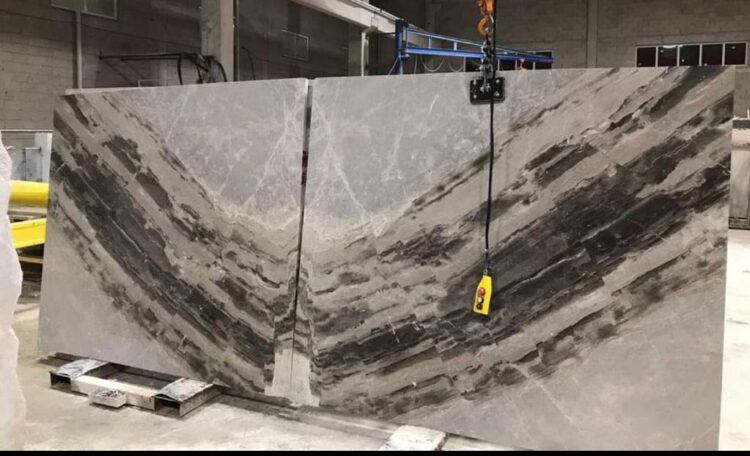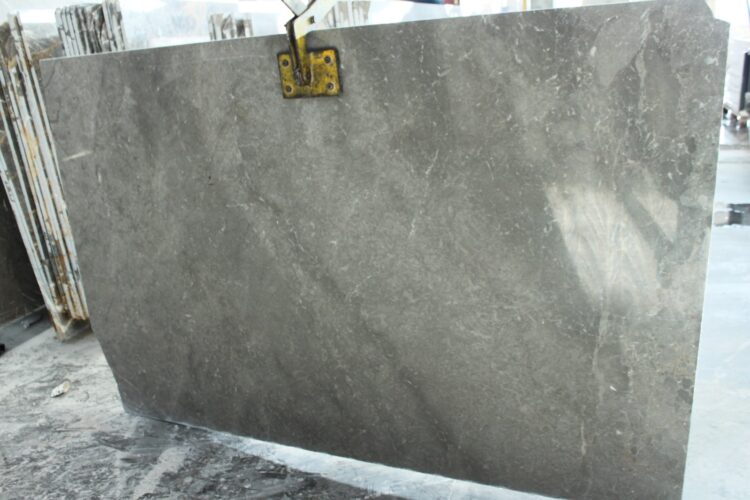Malik Architecture positions itself at the intersection of modern design and traditional architectural elements, aiming to achieve organic harmony with the environment in every project. With over 48 years of experience, Malik Architecture emphasizes sustainability and collaboration with local artisans, redefining the role of natural stones in architecture. By balancing aesthetics and functionality in their projects, the firm aims to create long-lasting and environmentally friendly structures using local materials.
How would you define Malik Architecture as a firm? Can you provide some insights into your design philosophy and projects?
Malik Architecture can be defined as a firm that blends modern design approaches with traditional architectural elements. Our design philosophy is based on creating projects that organically harmonize with their surroundings. For us, every project is shaped in accordance with the cultural and natural fabric of its region. In this context, sustainability, material efficiency, and collaboration with local artisans are prioritized. Malik Architecture focuses on working with locally sourced materials to create long-lasting, environmentally friendly structures. Our projects include residential, commercial, and public buildings, and in each one, we aim to balance aesthetics with functionality.
Natural stone is a material widely used in architecture. How does Malik Architecture integrate natural stone into its projects, and what factors do you consider when selecting this material?
Natural stone plays an important role in our projects, both as a structural and aesthetic element. At Malik Architecture, we consider the stone’s harmony with local climate conditions, its durability, and its connection to the historical context of the area. We also take into account the natural aging process of the stone and its thermal performance. The correct use of natural stone in architecture emphasizes not only its aesthetic values but also its functionality. In each project, we aim to implement innovative applications that highlight the unique texture of natural stone.
How do you collaborate with stone suppliers in your projects? What sustainability aspects do you consider when working with natural stones?
We closely collaborate with stone suppliers to ensure our projects meet sustainability goals. When working with natural stone, we source materials locally whenever possible, reducing the carbon footprint from transportation. In our sandstone house project in Jaipur, we ensured that the stone was extracted and processed using traditional methods. This preserved the natural texture of the stone while also minimizing energy consumption. By transporting the stone directly from the quarry to the construction site, we avoided energy-intensive processes, adopting a more eco-friendly approach.
How has the use of natural stone in architectural projects in India evolved? Where does Malik Architecture stand in this evolution?
In India, natural stone was traditionally used as a structural material in architecture, but in recent years it has been more frequently viewed as a decorative element. However, there has been a renewed appreciation for the aesthetic and structural properties of natural stone. At Malik Architecture, we continue to use natural stone not just as a cladding material but as a structural element as well. Our sandstone house project in Jaipur is a significant example of how natural stone can be used in modern architecture as a sustainable and durable building material.
How did the design process for the fully sandstone house in Jaipur begin? How did the client’s requests and the region’s geography influence your material choices?
The design process for the house in Jaipur began with the client’s request for the exclusive use of stone. This clear and simple request served as a guide for both the project and the design process. Rajasthan’s geographical structure and the abundance of sandstone in the region greatly influenced our material choice. Drawing inspiration from traditional architecture, where stone structures have been used for centuries, we reinterpreted them with a modern perspective. By incorporating traditional design elements such as courtyards and narrow passageways, we created a structure suited to the region’s hot climate.
What were the reasons for selecting sandstone for this project? How does this material connect with the architectural heritage of the region?
Sandstone was an ideal choice for this project due to its direct connection with Rajasthan’s architectural heritage. Many historical structures in the region are built from this durable and aesthetically pleasing material. The natural patterns and colors of sandstone blend seamlessly with both the region’s history and the modern building. Additionally, the material’s thermal properties provide excellent temperature regulation within the interiors. This project is both a tribute to the historical use of the material and a contribution to contemporary architecture.
Can you talk about some of your notable projects and the characteristics of the stone materials used in them?
At Malik Architecture, we have completed many significant projects. The house in Jaipur made entirely of sandstone is one of the most notable examples. Additionally, we have used local stones in various residential and commercial structures. In every project, we ensure the material is used in harmony with the local environment. For instance, in sandstone projects, we emphasize the natural patterns of the stone, while in other projects, we may opt for granite or marble, depending on the requirements of the design.











































 +90 532 585 51 95
+90 532 585 51 95 +90 532 585 51 95
+90 532 585 51 95